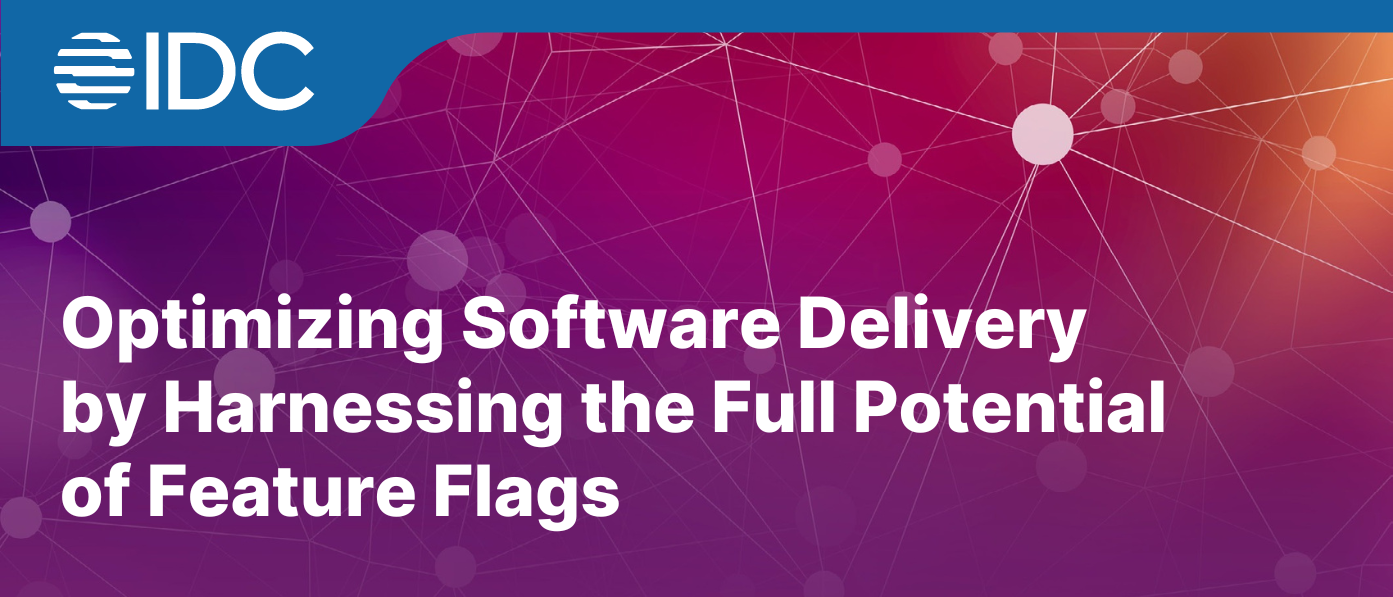Limited Time Offer!
For Less Than the Cost of a Starbucks Coffee, Access All DevOpsSchool Videos on YouTube Unlimitedly.
Master DevOps, SRE, DevSecOps Skills!
Unlocking Security in DevOps: Introducing the DevSecOps Foundation Certification Program by Rajesh Kumar
DevOpsSchool proudly presents the DevSecOps Foundation Certification Program, curated and led by renowned industry expert Rajesh Kumar. This comprehensive program is designed to bridge the gap between development, operations, and security, equipping professionals with essential skills to integrate security practices seamlessly into DevOps processes.
In today’s rapidly evolving digital landscape, security is paramount. Rajesh Kumar, a seasoned leader in DevOps and security, brings decades of expertise to this certification program. Participants will delve into cutting-edge strategies, learning to embed security controls throughout the software development lifecycle (SDLC) without compromising speed or efficiency.
Key Highlights:
- Expert Guidance: Learn from Rajesh Kumar, a pioneer in DevOps and security integration.
- Comprehensive Curriculum: Gain hands-on experience with tools and techniques to secure DevOps pipelines.
- Practical Insights: Real-world case studies and scenarios for actionable learning.
- Certification: Earn a globally recognized certification upon successful completion.
Join us in transforming how security is integrated into DevOps practices. Empower your teams to build robust, secure, and agile systems with the DevSecOps Foundation Certification Program by Rajesh Kumar. Take the next step towards securing your DevOps journey today!

Agenda
Day 1: Introduction to DevSecOps
Introduction to DevSecOps
- Problem Statement: Understanding the need for integrating security into DevOps.
- Overview: What is DevSecOps and why it matters.
- Tools: Introduction to popular DevSecOps tools and their roles.
DevSecOps Principles and Culture
- Problem Statement: Bridging the gap between development, operations, and security teams.
- Core Principles: Shift-left security, continuous security, automation.
- Tools: Overview of tools supporting cultural change and collaboration (e.g., Slack, Microsoft Teams).
Secure Software Development Lifecycle (SDLC)
- Problem Statement: Incorporating security into each phase of SDLC.
- Phases: Planning, development, testing, deployment, maintenance.
- Tools: Microsoft Azure DevOps, GitHub, GitLab.
- Hands-on: Setting up a secure SDLC pipeline.
Threat Modeling and Risk Management
- Problem Statement: Identifying and mitigating potential security threats early.
- Techniques: STRIDE, DREAD, PASTA.
- Tools: OWASP Threat Dragon, Microsoft Threat Modeling Tool.
- Hands-on: Creating a threat model for a sample application.
Day 2: Secure Coding and Testing
Static Application Security Testing (SAST)
- Problem Statement: Detecting security issues in the codebase.
- Introduction: Importance of SAST in DevSecOps.
- Tool: SonarQube.
- Hands-on: Integrating SonarQube with CI/CD pipeline for static code analysis.
Dynamic Application Security Testing (DAST)
- Problem Statement: Identifying vulnerabilities in running applications.
- Introduction: How DAST complements SAST.
- Tool: OWASP ZAP.
- Hands-on: Running dynamic tests with OWASP ZAP.
Software Composition Analysis (SCA)
- Problem Statement: Managing vulnerabilities in open-source components.
- Introduction: Importance of SCA in modern applications.
- Tool: Snyk.
- Hands-on: Scanning dependencies with Snyk.
Interactive Application Security Testing (IAST)
- Problem Statement: Combining SAST and DAST for better security coverage.
- Introduction: How IAST works in real-time.
- Tool: Contrast Security.
- Hands-on: Setting up IAST with Contrast Security.
Day 3: Continuous Security Integration
CI/CD Pipeline Security
- Problem Statement: Ensuring security within continuous integration and deployment processes.
- Introduction: Best practices for securing CI/CD pipelines.
- Tools: Jenkins, GitLab CI/CD.
- Hands-on: Securing a CI/CD pipeline with Jenkins and GitLab CI/CD.
Container Security
- Problem Statement: Protecting containerized applications.
- Introduction: Security challenges with Docker and Kubernetes.
- Tool: Aqua Security.
- Hands-on: Implementing container security with Aqua Security.
Infrastructure as Code (IaC) Security
- Problem Statement: Securing infrastructure managed by code.
- Introduction: Best practices for securing IaC.
- Tool: Terraform with Checkov.
- Hands-on: Securing Terraform configurations with Checkov.
Secret Management
- Problem Statement: Managing secrets securely in DevOps pipelines.
- Introduction: Importance of secret management.
- Tool: HashiCorp Vault.
- Hands-on: Implementing secret management with HashiCorp Vault.
Day 4: Monitoring, Logging, and Incident Response
Continuous Monitoring
- Problem Statement: Detecting and responding to security incidents in real-time.
- Introduction: Key metrics and logging practices.
- Tools: ELK Stack (Elasticsearch, Logstash, Kibana).
- Hands-on: Setting up continuous monitoring with ELK Stack.
Security Information and Event Management (SIEM)
- Problem Statement: Centralizing and analyzing security data.
- Introduction: Benefits of SIEM in DevSecOps.
- Tool: Splunk.
- Hands-on: Configuring SIEM with Splunk.
Incident Response Automation
- Problem Statement: Automating incident response to reduce reaction time.
- Introduction: Key steps in incident response.
- Tool: Palo Alto Networks XSOAR.
- Hands-on: Automating incident response with XSOAR.
Compliance and Auditing
- Problem Statement: Ensuring compliance with industry standards.
- Introduction: Key compliance frameworks (e.g., GDPR, HIPAA).
- Tool: Chef InSpec.
- Hands-on: Using Chef InSpec for compliance checks.
Day 5: Advanced DevSecOps Practices and Certification Preparation
Advanced Threat Detection
- Problem Statement: Identifying sophisticated security threats.
- Introduction: Advanced threat detection techniques.
- Tool: CrowdStrike.
- Hands-on: Using CrowdStrike for advanced threat detection.
Automated Security Orchestration
- Problem Statement: Coordinating multiple security tools and processes.
- Introduction: Benefits of security orchestration.
- Tool: Demisto.
- Hands-on: Implementing security orchestration with Demisto.
Metrics and Reporting
- Problem Statement: Measuring and reporting on security performance.
- Introduction: Key metrics for DevSecOps.
- Tool: Grafana.
- Hands-on: Creating security dashboards with Grafana.
Mock Exam and Certification Preparation
- Review: Recap of key concepts and tools.
- Mock Exam: Practice certification exam.
- Review Session: Going over answers and explanations.
- Final Q&A: Addressing any remaining questions.

